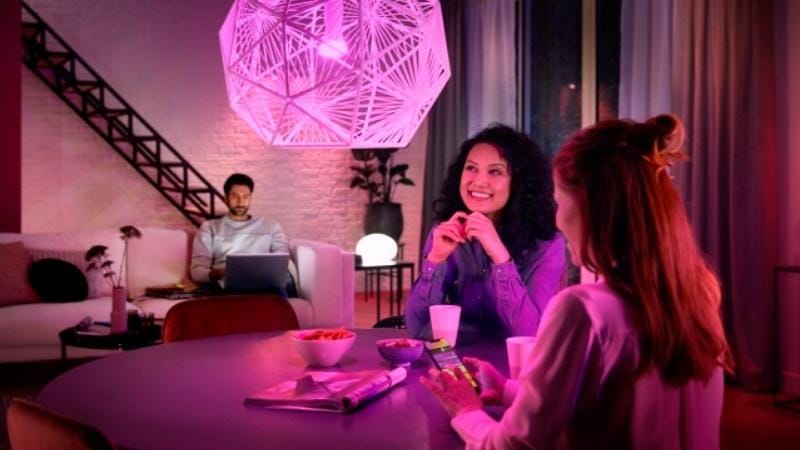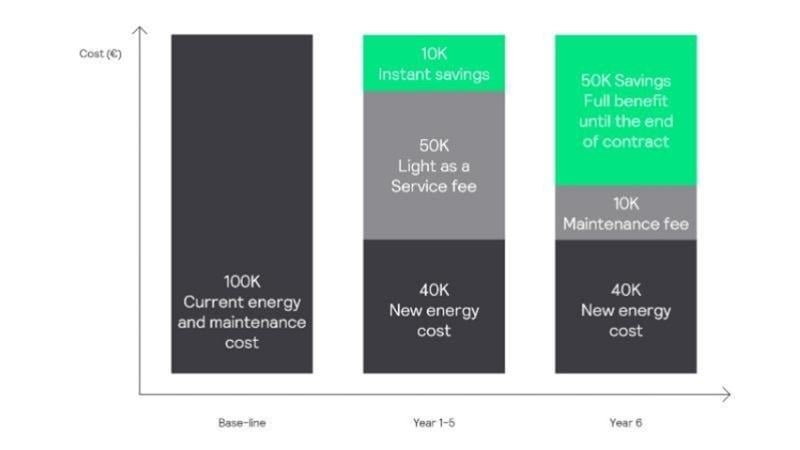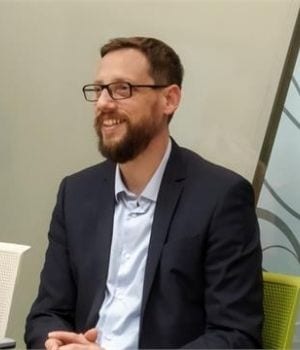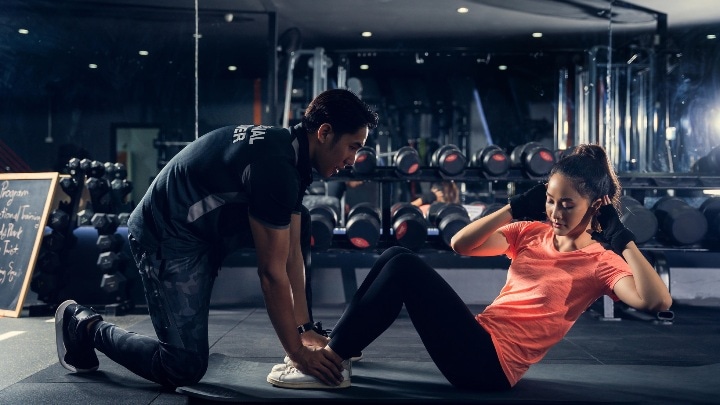January 10, 2022
From new circular products and services to zero waste to landfill and zero plastic packaging. How do we transition to a more circular economy?
Today's linear production and business models consume the resources of 1.8 Earths, much more than what is available to us1. But there is a solution: transitioning to a circular economy. With sharing, leasing, reusing, repairing, and recycling existing materials at its core, a circular economy helps us retain value and minimize waste.
At Signify, sustainability is key to everything we do. We are committed to contributing to the transition to a circular economy and achieving Sustainable Development Goal 12: Responsible consumption and production.
A shift toward a sustainable circular economy is all about creating and preserving value. Our actions range from creating new products to delivering services that fit into the circular economy ecosystem to minimize waste. So, let's take a closer look at each of our actions.







